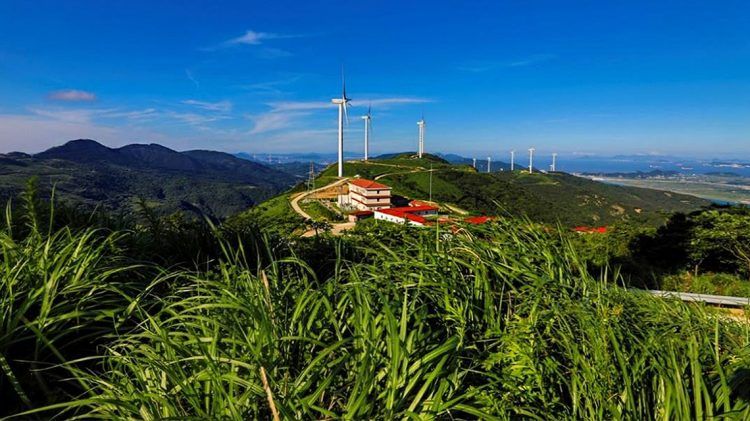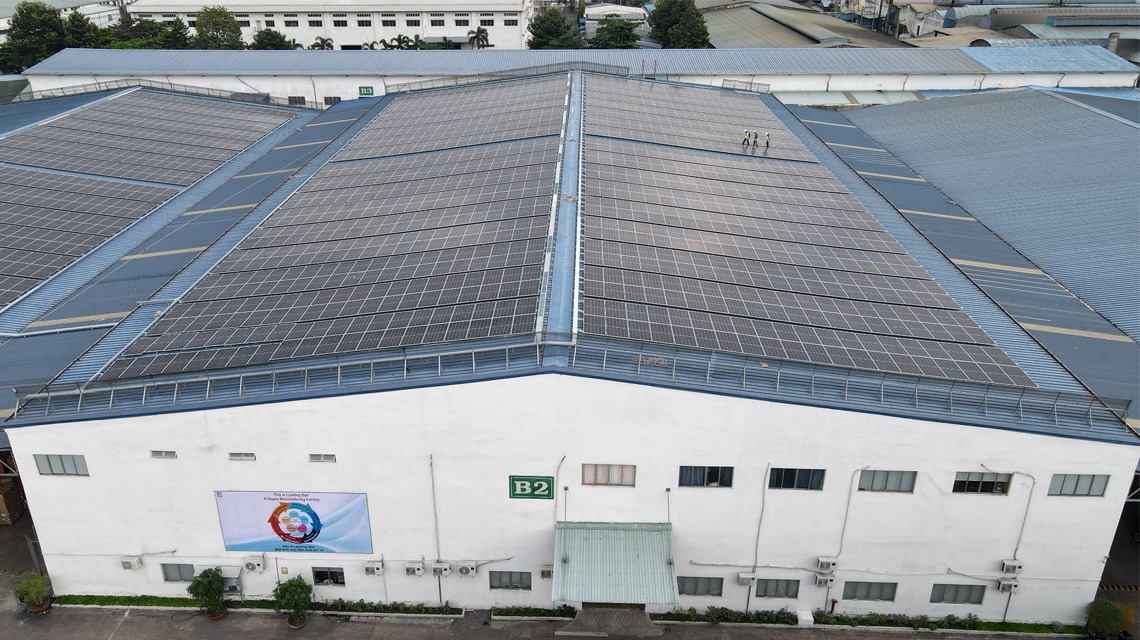
Cutting
supply chain
emissions further
How PUMA's manufacturing partners are sharply cutting carbon emissions
March 17, 2021How PUMA's manufacturing partners are sharply cutting carbon emissions
March 17, 2021To meet the ambitious climate goals for its supply chain, PUMA needs its manufacturing partners to think big and think long term. Perhaps the most ambitious example is our partner Shenzhou in China, which has kicked off a large-scale wind energy project, which will supply about two thirds of the company’s electricity needs in China by 2030, in spite of its projected strong growth until then.
In previous stories about sustainability at our manufacturing partners, we talked about solar energy and energy efficiency programmes, which together can make a large impact. But as PUMA plans to cut carbon emissions in its supply chain by 60%, relative to revenues, between 2017 and 2030, we sometimes need to think even bigger.
Getting our partners’ factories away from coal and towards renewable energy sources is a crucial part of this plan and also a target of the Fashion Charter for Climate Action, which was signed at the United Nations Climate Conference in 2018.
For example: While a large solar roof may be the best available option in a country such as Vietnam, changing seasons and cold, cloudy winters may call for other sources of energy elsewhere.
Currently, Shenzhou already gets some of its energy from a nearby wind farm. But it has now agreed to invest in a project, which will increase the wind energy output from 45 MegaWatts to 210 Megawatts by 2030 in two stages. Once both stages are completed, Shenzhou will save more than 420,000 tonnes of CO2 equivalents per year!
With determined action such as by our partner Shenzhou, we can make huge steps towards reaching our climate goals.


